Exquisite Decay | Romain Veillon
Romain Veillon is a French photographer, known for his images of abandoned architecture in a state of exquisite decay. Passionate about exploring abandoned heritage around the world – whether castles, factories, hospitals or churches – Veillon immortalises these sites where time has stood still. Each photograph tells its own story, inviting us to immerse ourselves in a tantalising search for ghosts of the past.
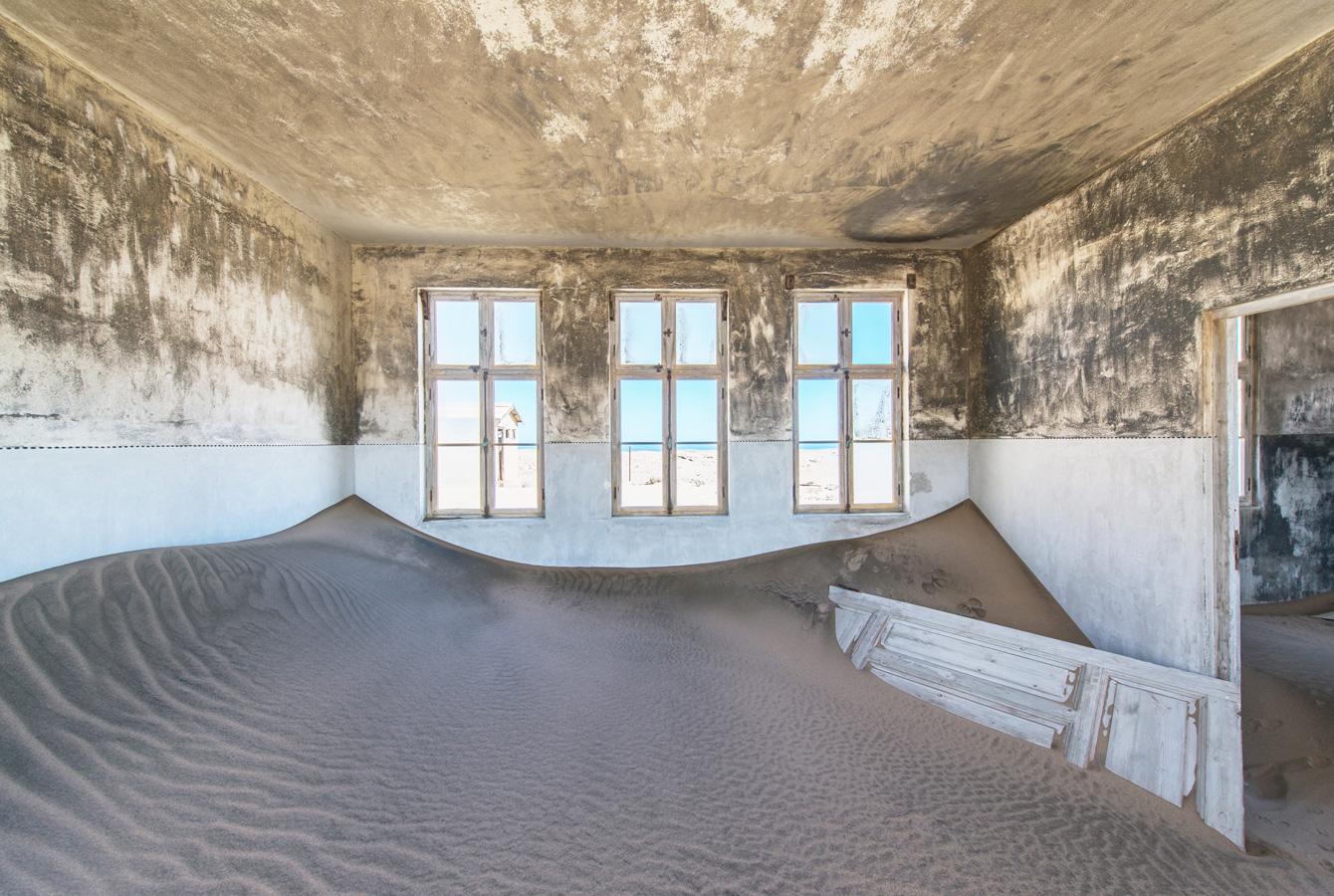
Your book is titled 'The World Without Us' – do you feel you are photographing the absence of humans or the re-emergence of nature?
I would say it’s a mix of the two. The book is divided into three parts: in the first, you see places empty but untouched, as if humans have just disappeared. Only some dust covers the floor. In the second part, walls are cracked and decay is present in every room. Humanity is long gone.
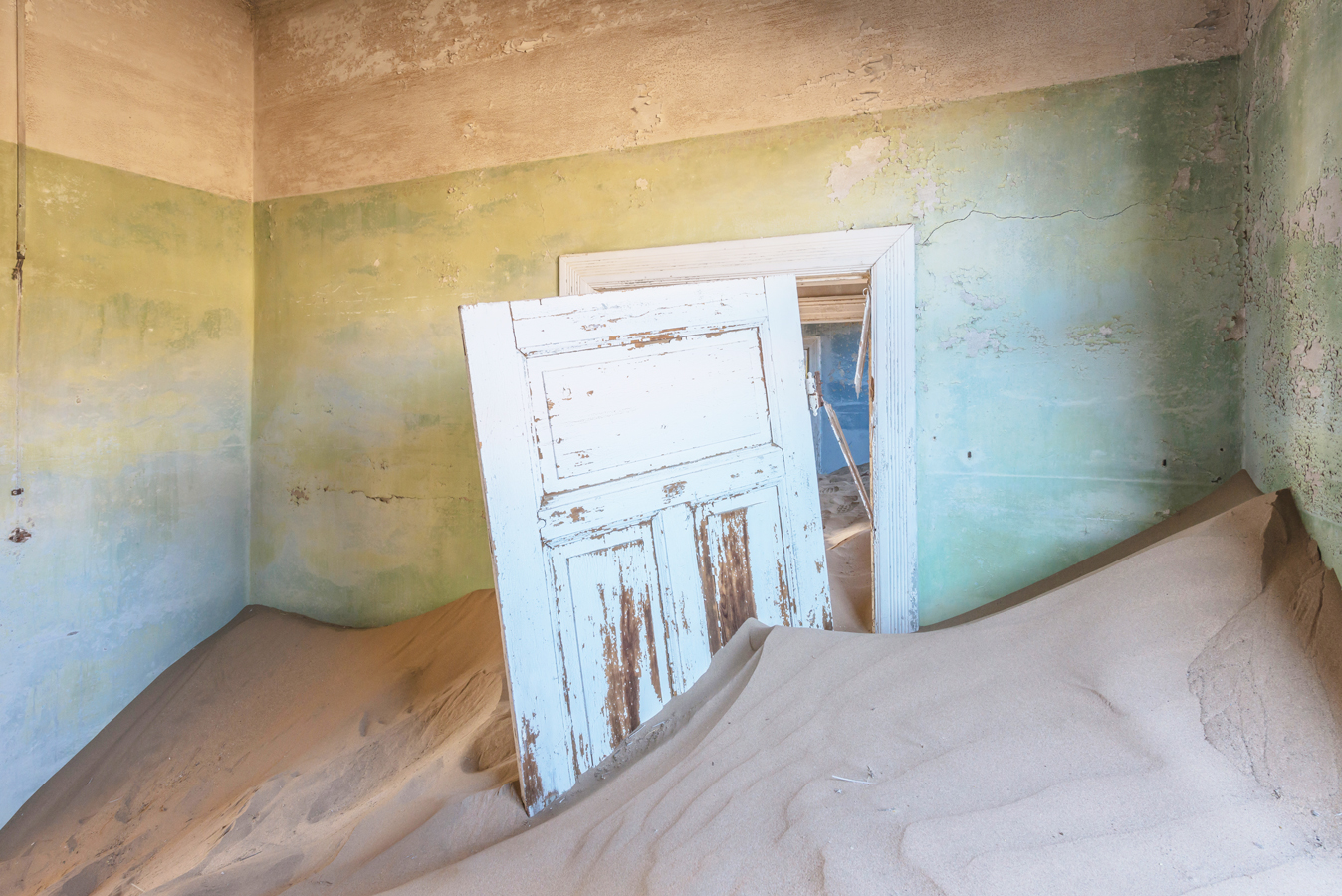
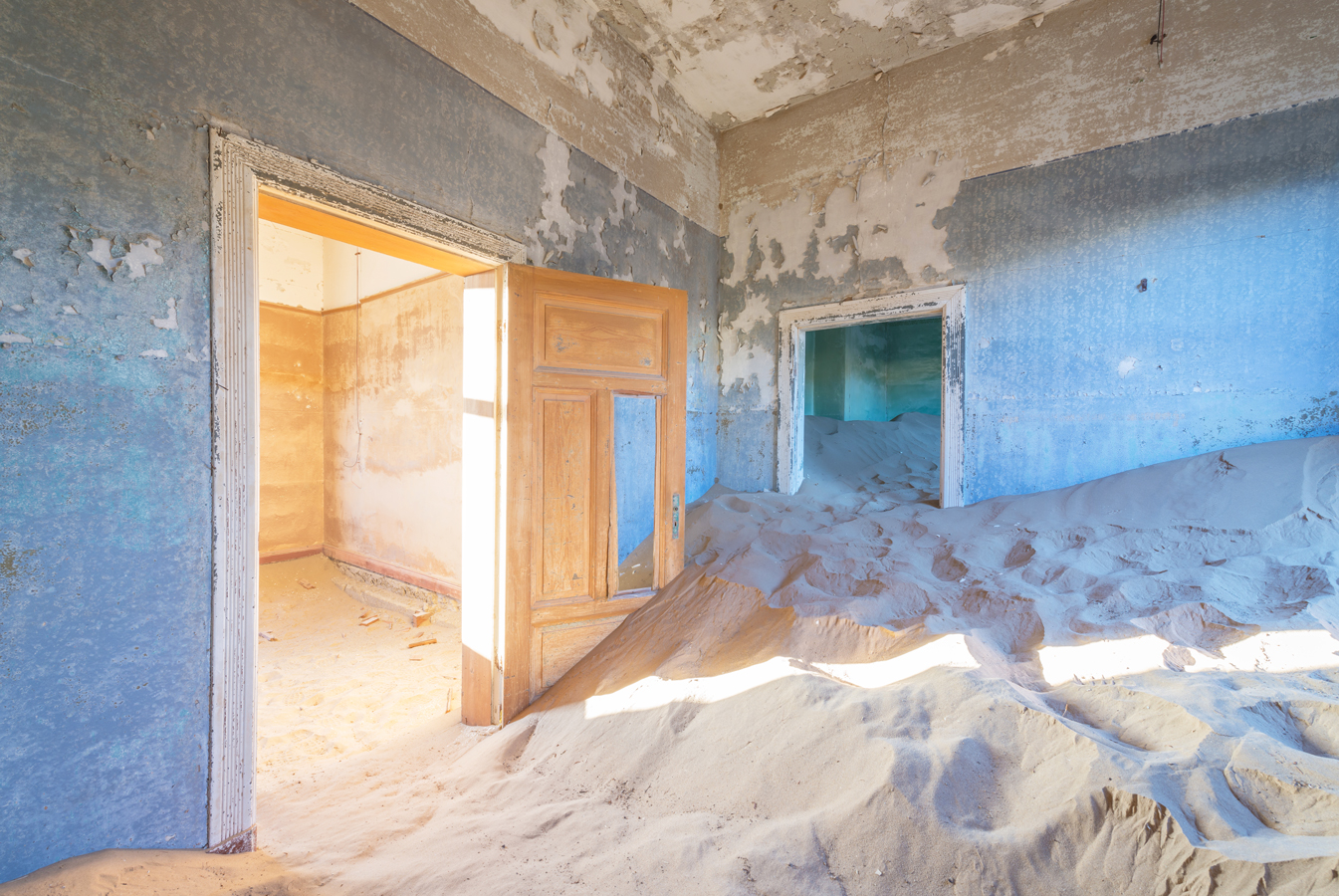
Walls are cracked and decay is present in every room. Humanity is long gone.
In the final part, nature is slowly making its way into humans’ construction, and starting to get back on top. It’s a world full of ruins and vegetation where you can only guess at the humans who lived there. So, yes of course, the absence of humans in my book is the main principle, but the reemergence of vegetation in a world without people is a consequence of this absence.
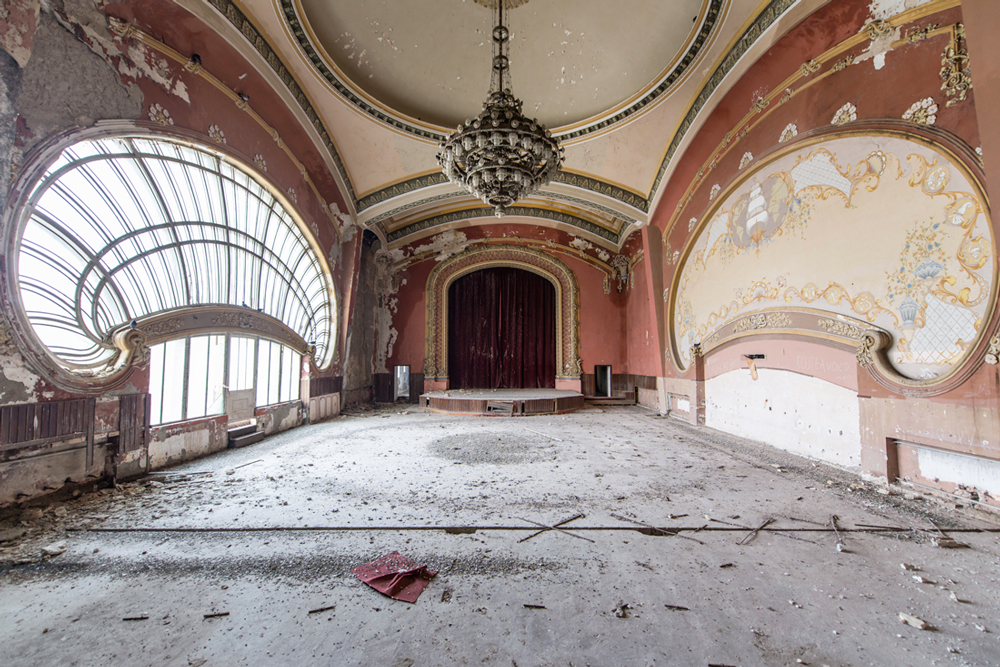
How do you discover new places that you want to photograph?
A lot of research! Hours on Google searching for historical clues that can help me pinpoint the location I want to photograph. And spending huge amounts of time on Google Maps, trying to see if some buildings could be buried under vegetation - or that look abandoned!
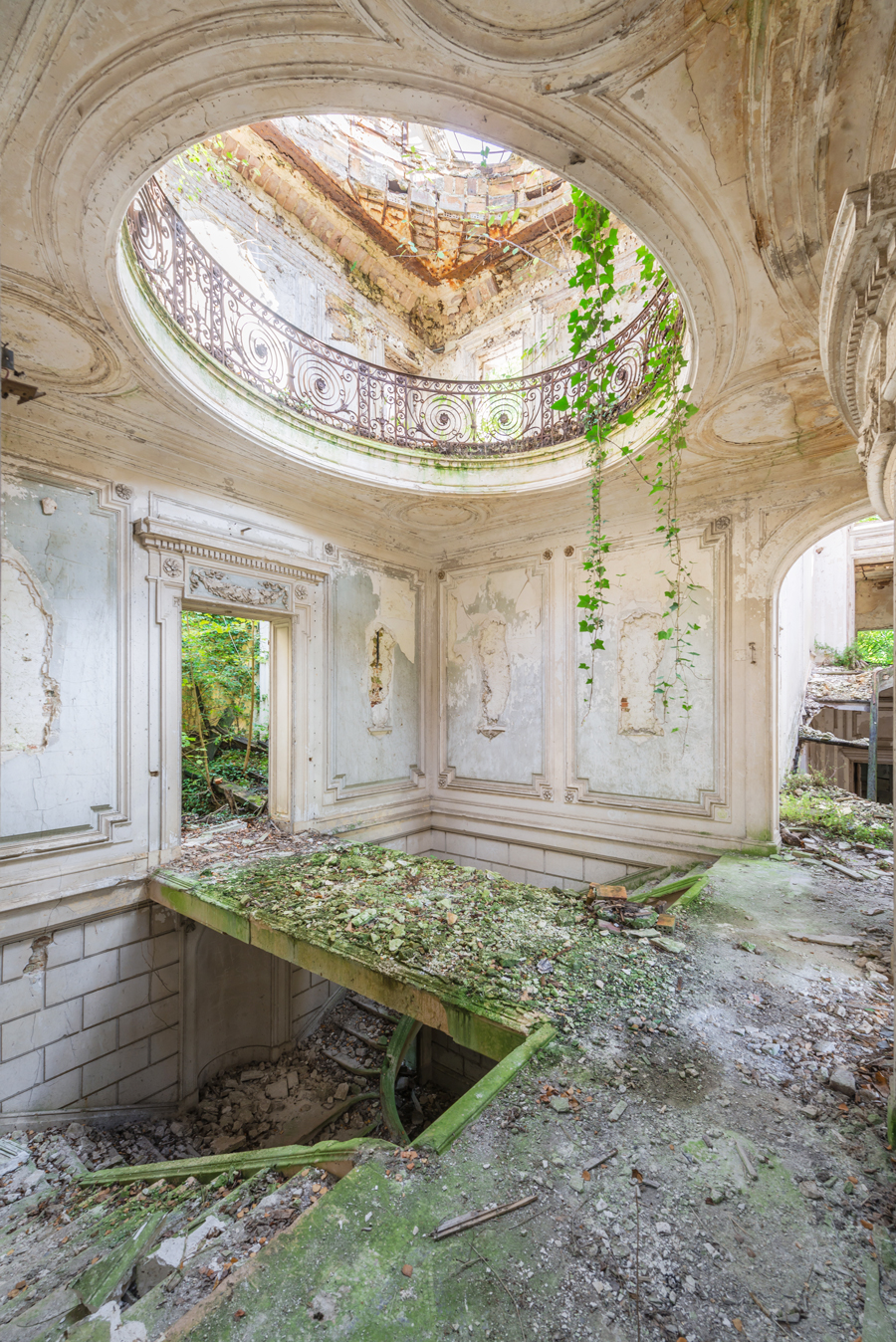
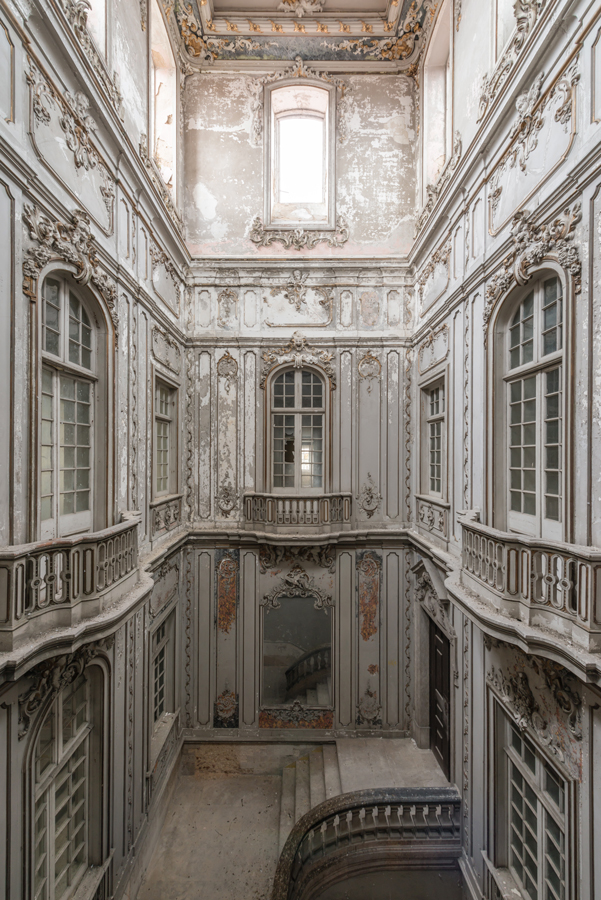
I also have many friends in different countries who I explore with, so when I’m travelling they can be a great help. Sometimes people reach out to me on social media to tell me they know of an abandoned building near where they live – that can be very helpful, even if many of those places don’t hold much interest. Finally, just driving around whenever I am in a new area – this can sometimes bring some nice surprises!
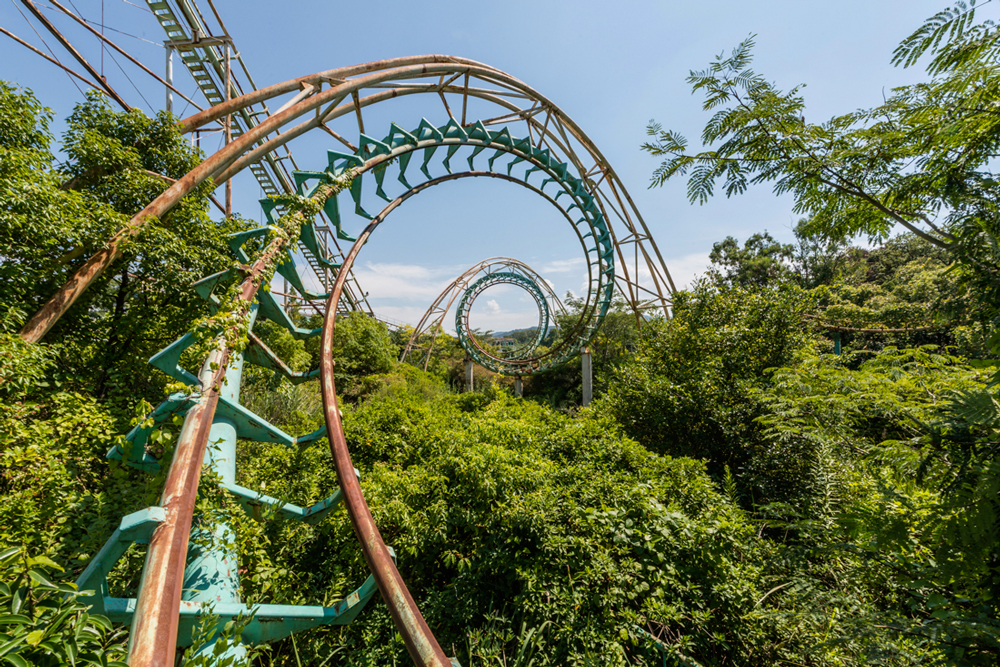
What lessons can we learn from abandoned spaces (perhaps about what makes a successful building)? Are there any common reasons why these buildings have failed and left to decay?
The reasons for this social trend are multiple: maybe the area is not economically attractive anymore, maybe the facilities weren’t up to date, maybe the town it's in used to be a successful industrial centre. It is very hard to know why a structure was abandoned. And if we have to consider the buildings, the reasons are even more difficult to guess (death in the family, issues with inheritance, natural disaster, financial problems – or simply the fact that people wanted to leave and had no offer to buy).
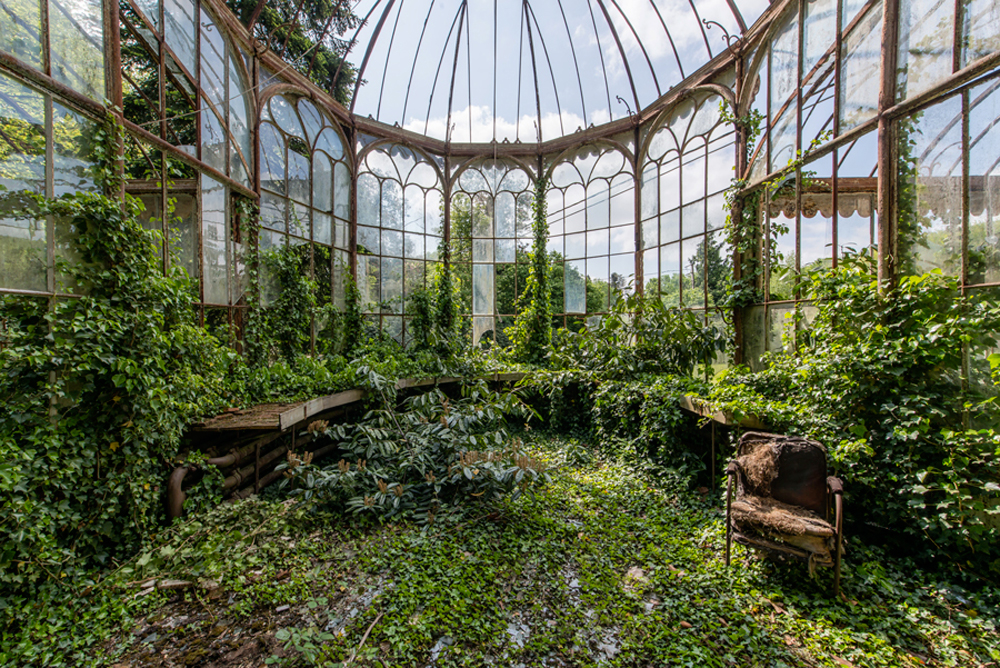
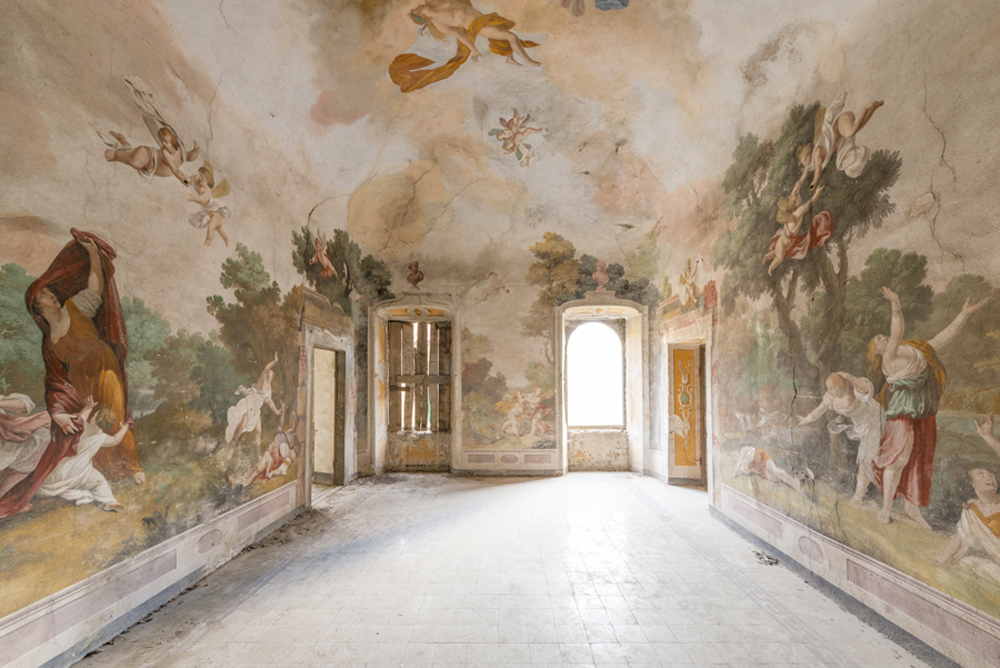
It is certain though that we don’t put the same amount of money or time into the construction of such buildings, and with a declining economy some countries need to spend money on their population's well-being instead. The only solution for the preservation of a main part of our heritage has to be found in sponsorship. So it’s hard to find a common lesson here, as all countries face different kinds of challenges and will react in many different ways.
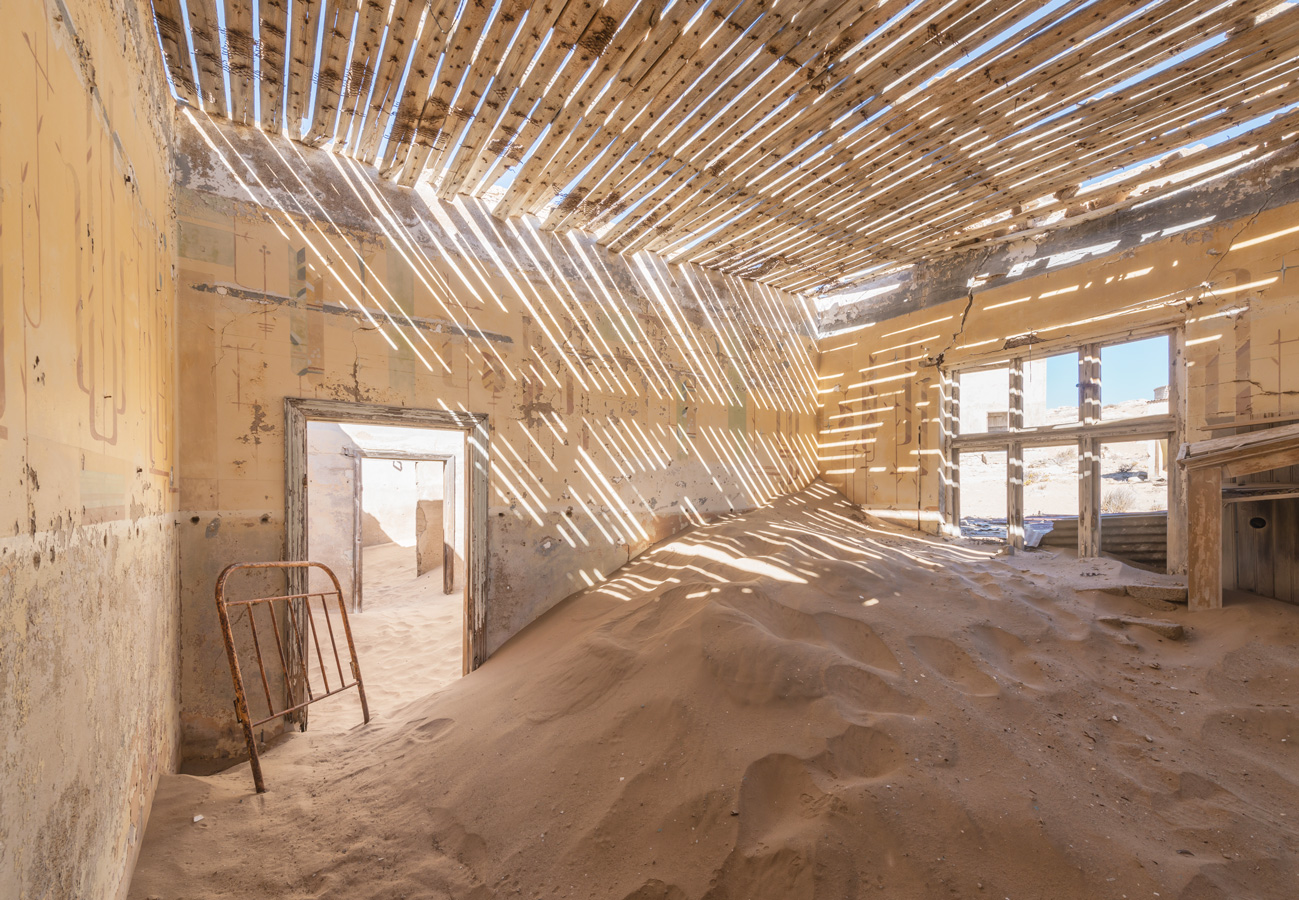
Why do you think we find degeneration and decay so fascinating?
Personally, I’ve been fascinated by them since childhood. I would imagine that discovering the decaying house at the end of the street is a memory we all have deep inside of us. For me, it was my grandmother's abandoned truck factory that I use to explore every summer.
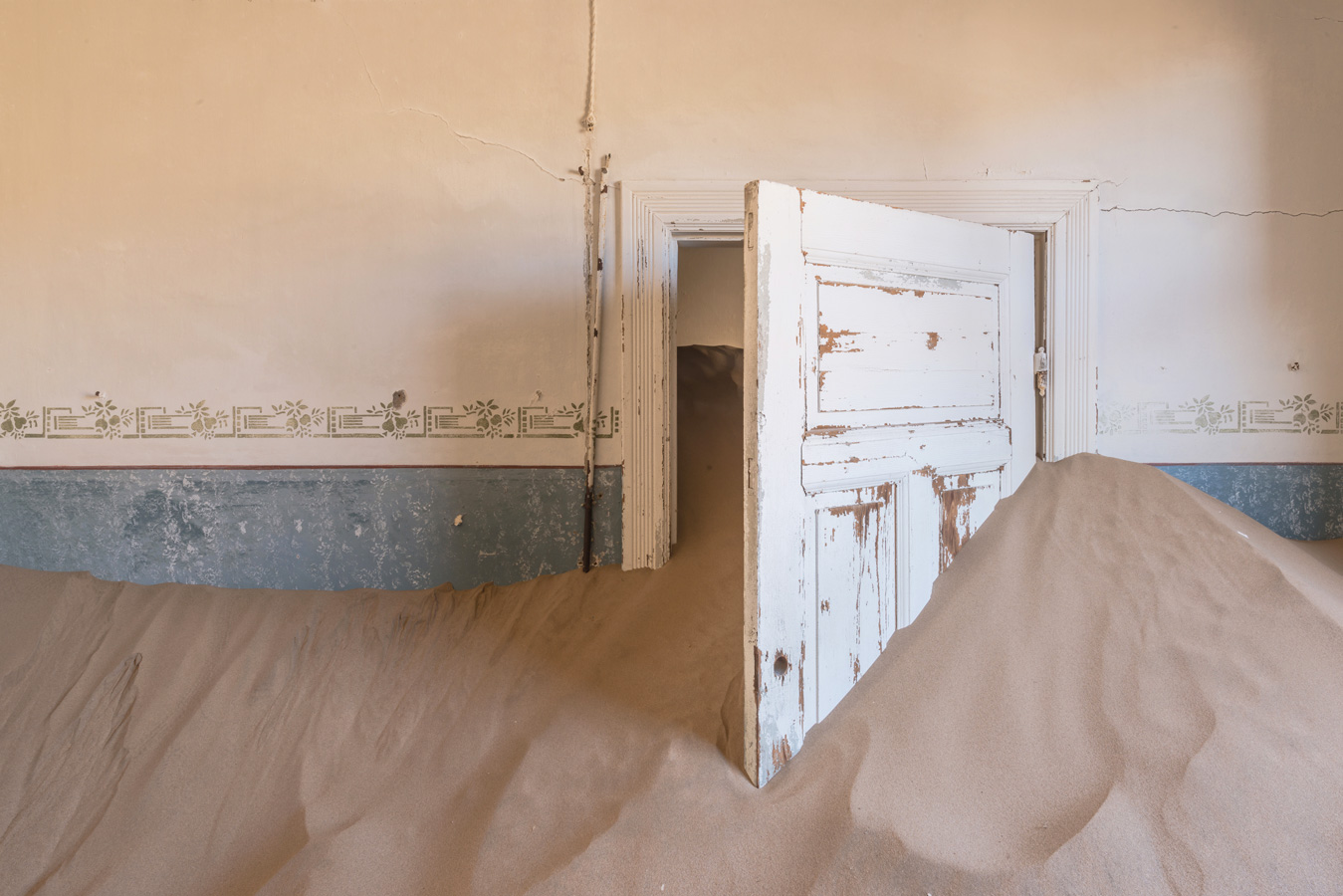
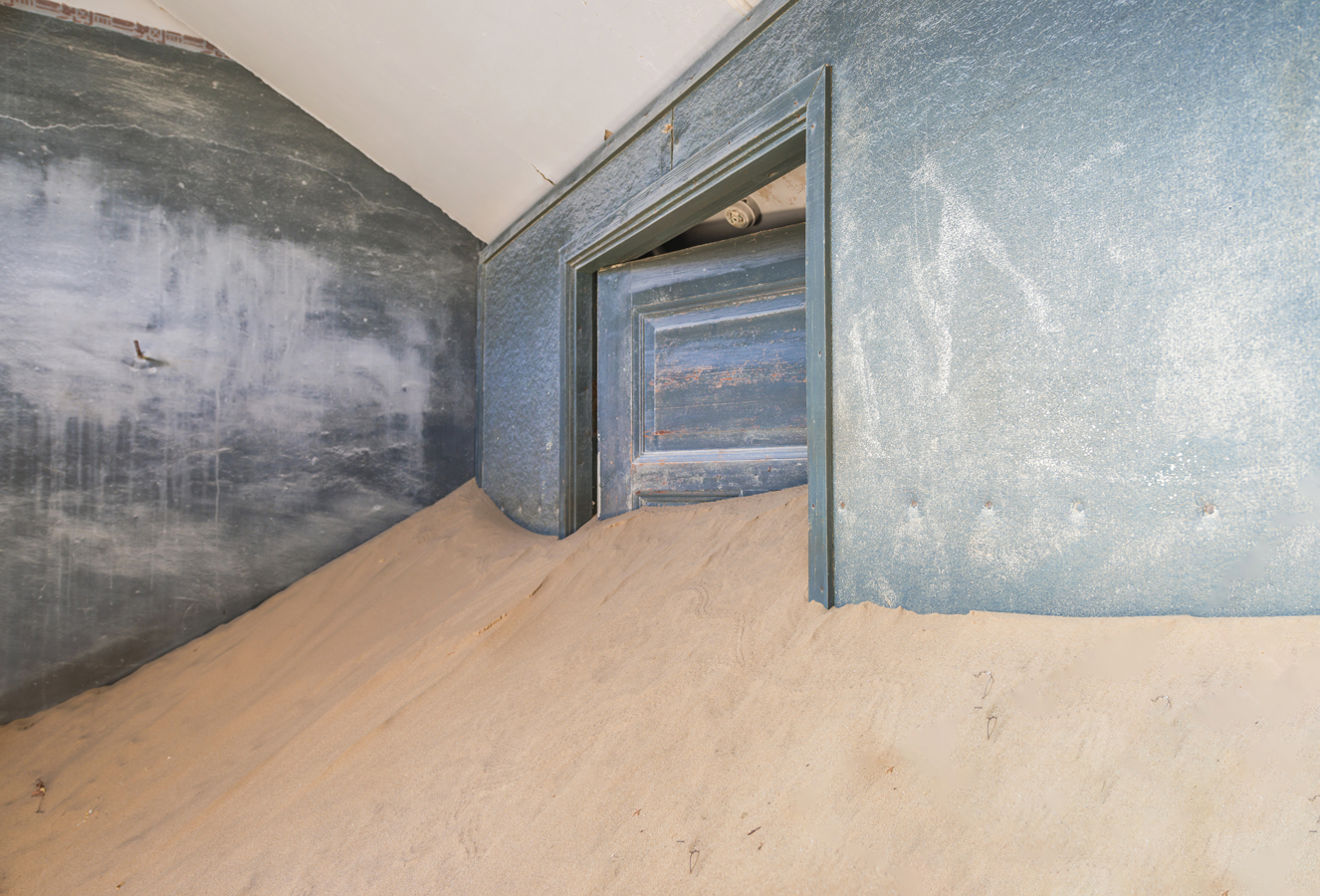
Discovering the decaying house at the end of the street is a memory we all have deep inside of us.
When I encounter such a place, my goal is for everybody to travel into the past with me and make up the stories they want to: why was this place abandoned? What happened to the former owners? What used to happen in this room? People make their own answers. It allows them to go into their imaginary world and become the hero of their own adventure, where they are the detective.
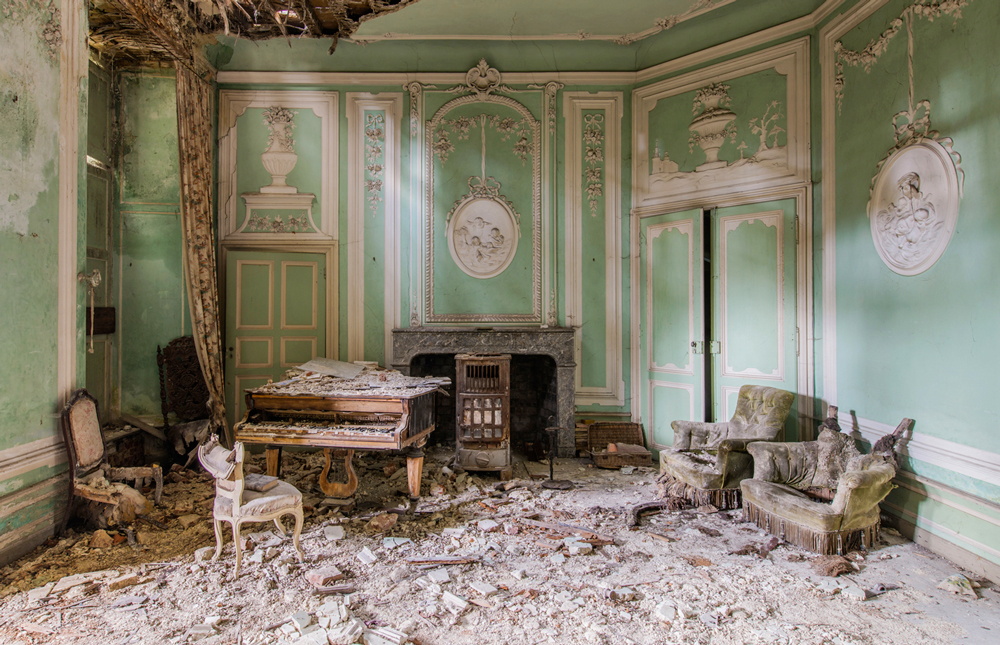
Each story will be different from one another, and that’s what I love. To me, my pictures act as a new kind of “Memento Mori”; they are here to remind us that everything has an end, and that we should enjoy it while it lasts.
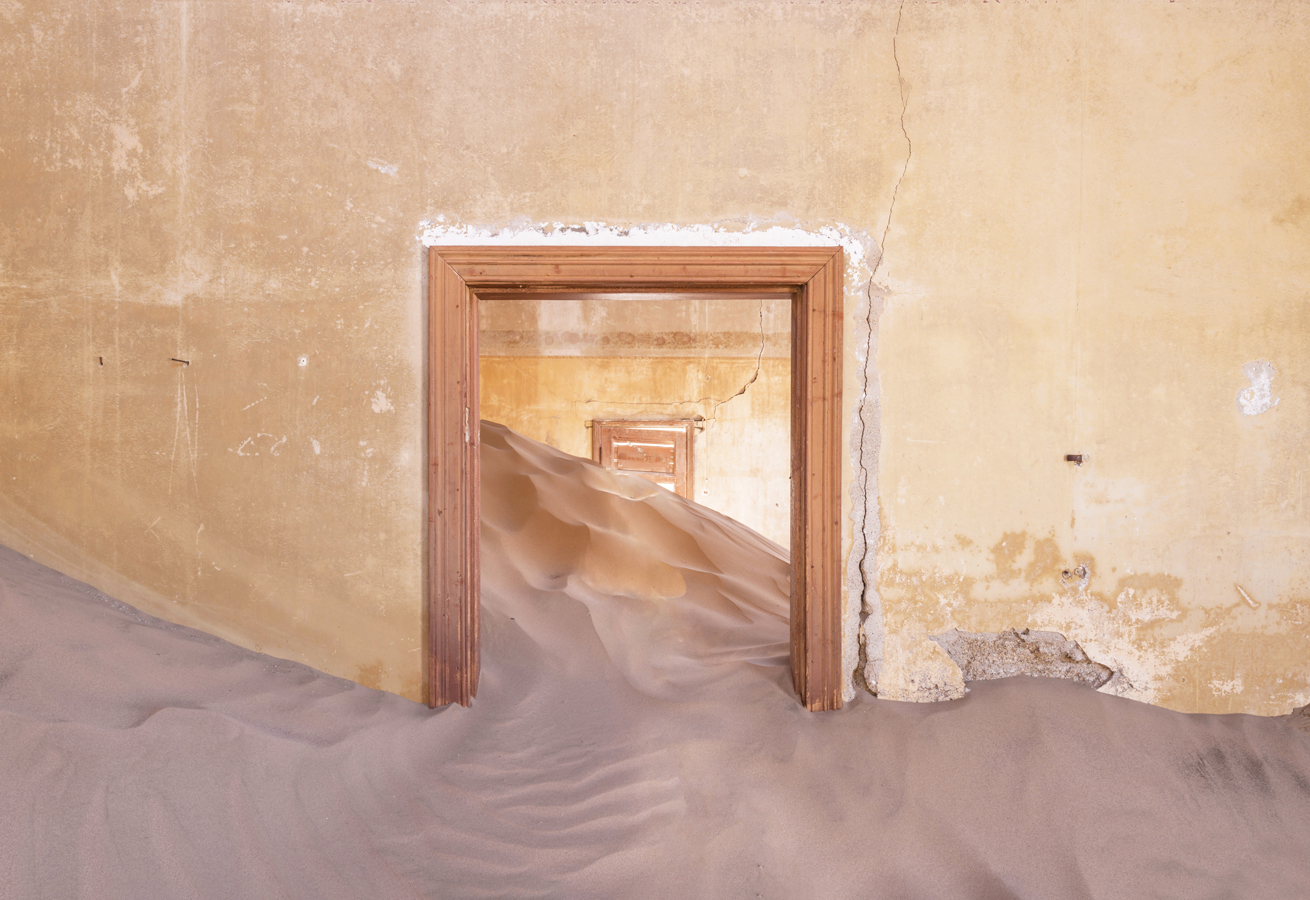
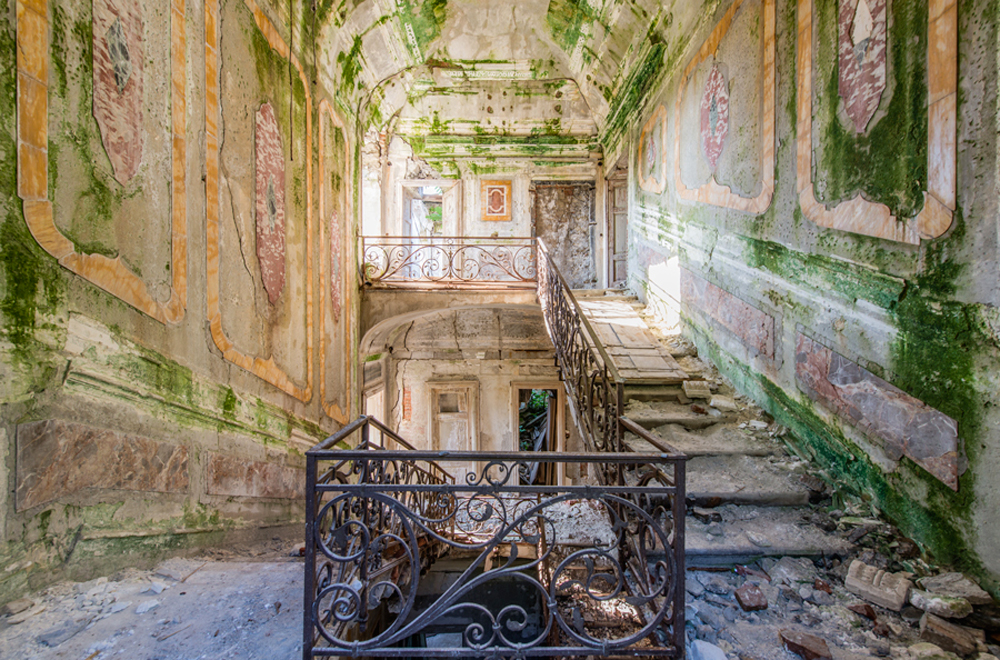
INSTAGRAM: @romain_veillon
WEBSITE: https://romainveillon.com